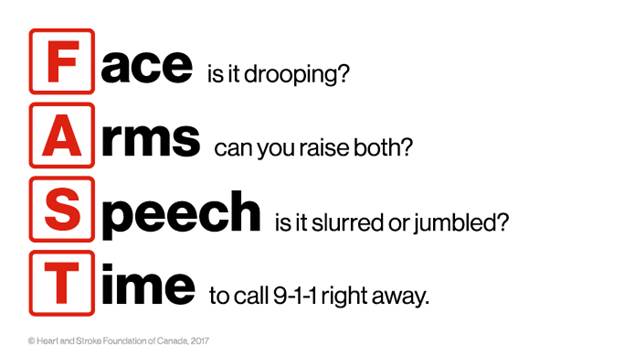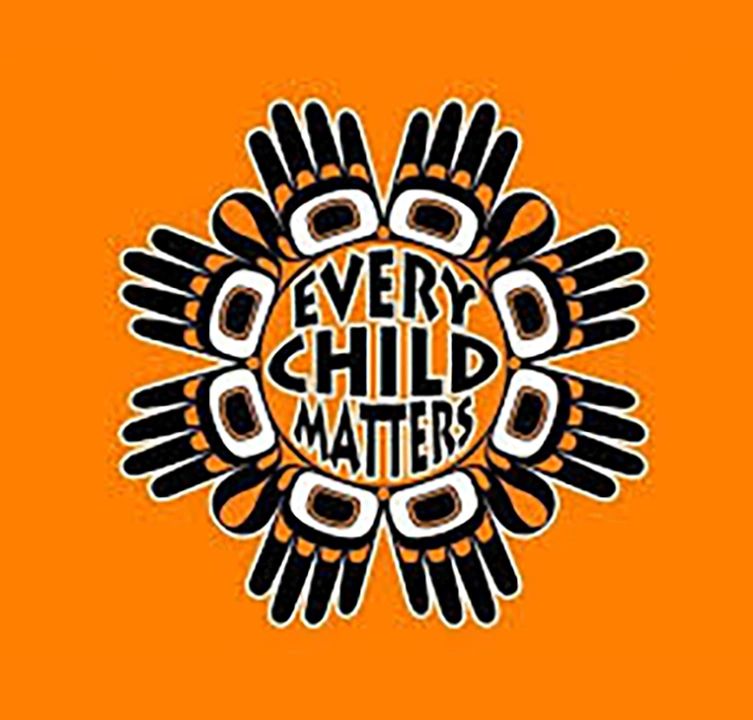While we continue to promote various sports, we often worry about some of the individuals playing, meaning the older athletes.
The first comment that many make, yes even when they look at an older Official is “do they ever look out of shape” and it’s not just the official they are referring too.
We quite often get in a “comfort zone” and are not sure how we got this way or what we should do to remedy our situation and it’s not just about size, but also includes the question of health?
We at Sportswave had a scare a few years back regarding a health issue that took it’s toll on Laird and we simply don’t want anyone else to go through what we went through, which was life changing!!
In pondering this over, so as to help get the word out, I reached out to the Family Assets Group in New York for some help and they were more than willing to offer assistance with any and all questions I had.
The following will be a Four (4) part series of how to prevent and cope with this issue.
Thanks to the Family Assets Group for the article and enjoy the read!!!
Stroke is the leading cause of long-term disability and the risk of stroke more than doubles every decade with every decade of life after the age of 55.
Given its prominence, understanding the complexities of long-term care for those who suffered a stroke can be overwhelming.
The effects of stroke on older adults and their families often result in the individual requiring significant ongoing help with activities of daily living (ADLs) resulting in the need for long-term care.
Some of the major causes of stroke are uncontrolled high blood pressure, blood clots, and heart disease. Strokes are one of the leading causes of neurological disorders.
Keep reading to learn more about stroke, the rehabilitation process, long-term care options, and answers to frequently asked questions.

Types of stroke
A stroke is also referred to as a cerebrovascular accident (CVA). A stroke occurs when blood flow to the tissues of the brain is cut off because blood flow is blocked (blood clot) in one or more blood vessels (ischemic stroke) or when a blood vessel ruptures and bleeding occurs in the brain (hemorrhagic stroke).
Ischemic strokes are the most prevalent stroke type and when either of these occurs, brain tissue is injured or destroyed which results in various body systems being impaired.
Signs and symptoms
- Transient ischemic attack: A temporary blockage of blood flow to the brain. Considered a mini-stroke, a transient ischemic attack is relatively benign in terms of immediate consequences, according to the American Stroke Association.
- Acute ischemic stroke: An acute ischemic stroke is caused when too little blood is getting to part of the brain .
- Nonvalvular atrial fibrillation: Atrial fibrillation is an irregular heart rhythm, and can have many causes.
- Subarachnoid hemorrhage: When a blood vessel ruptures just outside the brain.
Knowing the signs, stroke-like symptoms, and type of stroke is important for several reasons.
First of all, being able to recognize the signs and stroke-like symptoms of a stroke will alert one to the fact that a stroke may be occurring and prompt one to contact emergency services immediately.
Because there is a narrow time-frame in which medical interventions are effective for reducing permanent damage from a stroke, it is essential that the person who has had a stroke be treated as soon as possible to reduce both the short and long-term disability that may result.
Secondly, research shows that 24% of women and 42% of men who have had a stroke will have a recurrent stroke within 5 years.
Being able to recognize the following signs and stroke symptoms can help ensure that an individual receives prompt medical treatment at the first sign of a stroke:
- Difficulty speaking and understanding. An individual may be confused, slur their words, or have difficulty understanding speech.
- Paralysis or numbness of the face, arm or leg
- This may include sudden numbness, weakness, or paralysis of an arm, leg, or part of their face, especially on one side of the body.
- Difficulty seeing in one or both eyes. This may include sudden blackened vision, blurred vision, or double vision in one or both eyes.
- High blood pressure. Uncontrolled high blood pressure is a common risk factor associated with strokes among adults.
- A headache. A sudden severe headache may develop that may or may not be accompanied by dizziness, nausea, vomiting, or decreased consciousness.
- Difficulty walking. An individual may suddenly become dizzy and stumble or lose their balance and coordination.
An easy way to remember these signs and stroke symptoms is to remember to “think FAST” and do the following:
- Face. Ask the person to smile. Does one side of the face droop?
- Arms. Ask the person to raise both arms. Does one arm drift downward? Or are they unable to lift one arm?
- Speech. Ask the person to repeat a simple phrase. Is his or her speech slurred or strange?
- Time. If you observe any of these signs, call 9111 or your local emergency number immediately. Do not wait to see if symptoms go away. Every minute counts!!





